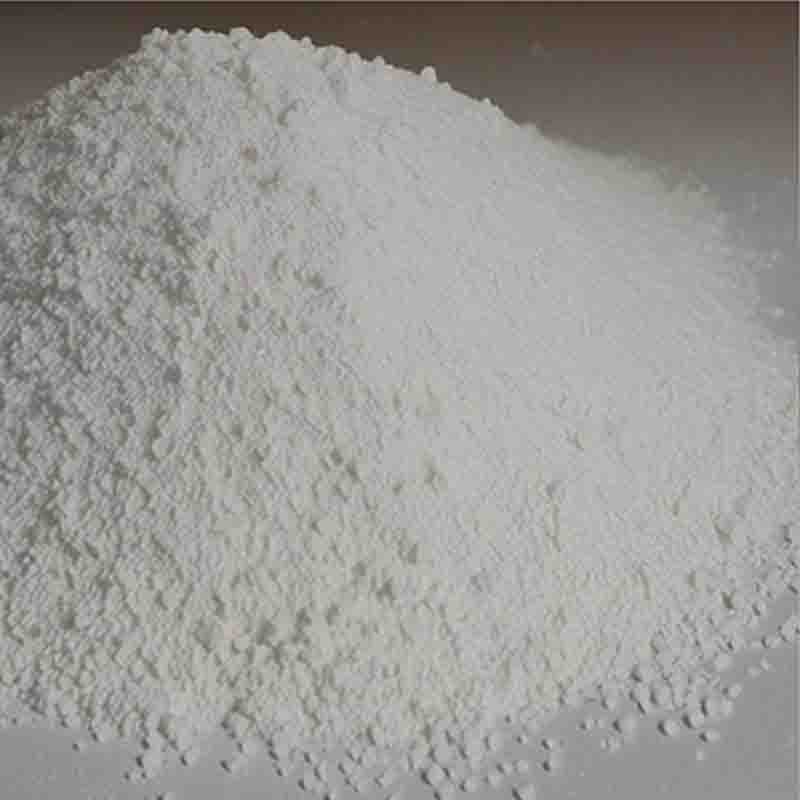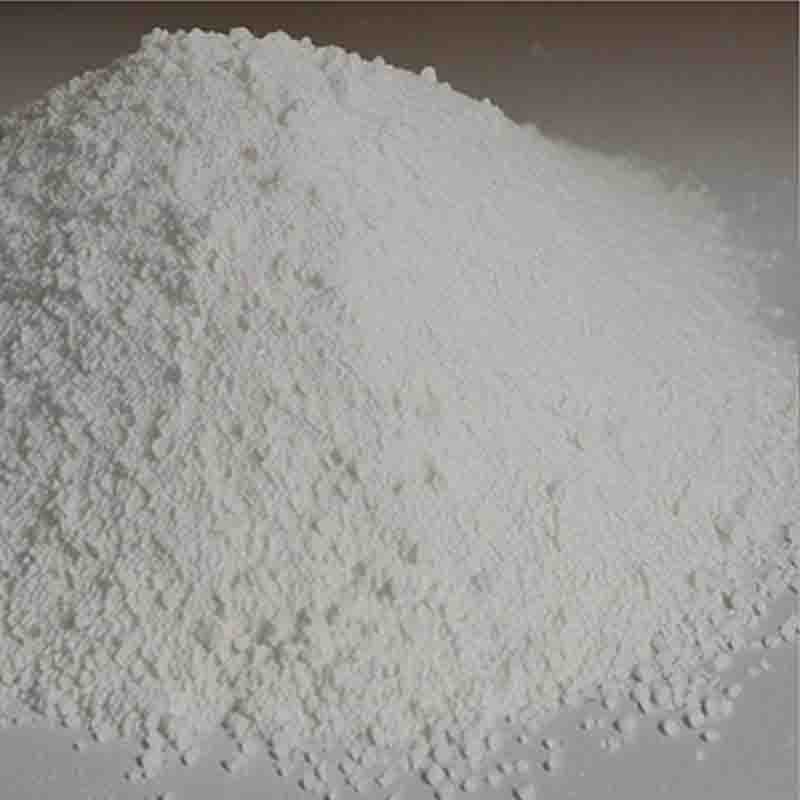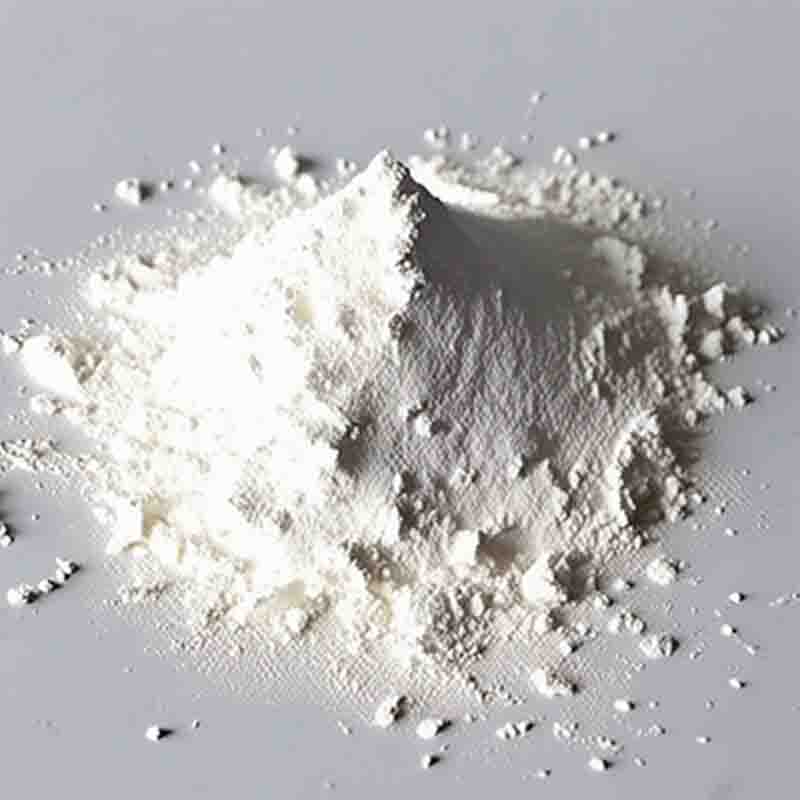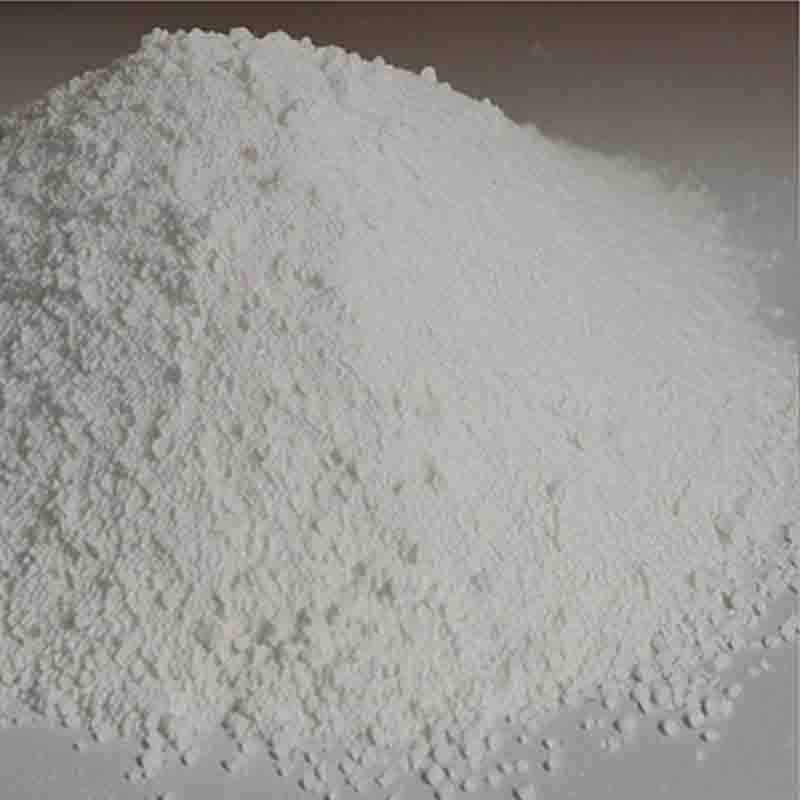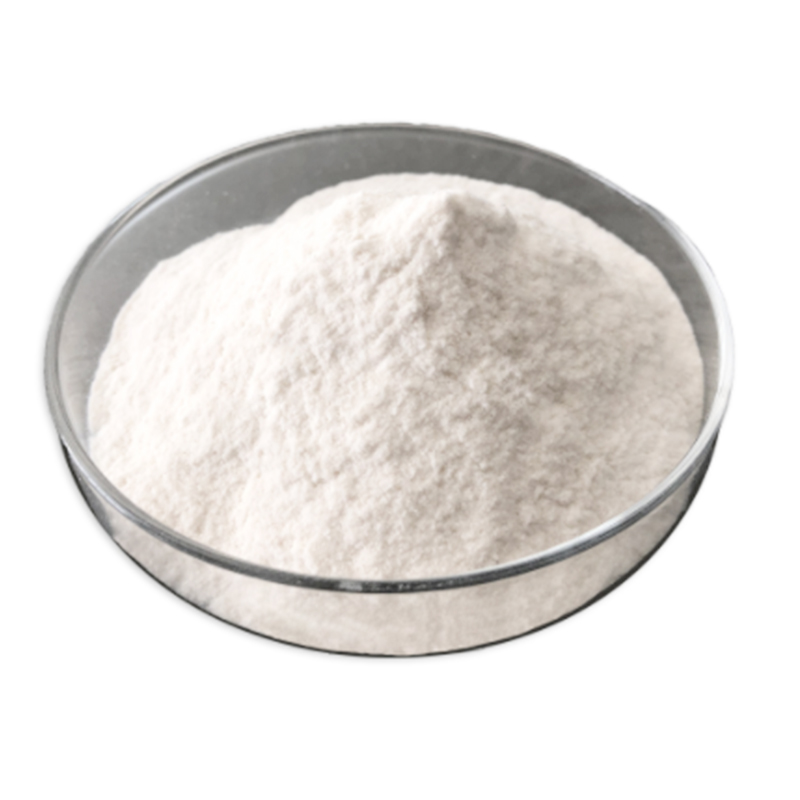1,1-cyclobutanedicarboxylic CAS: 5445-51-2
| Catalog Number | XD93758 |
| Product Name | 1,1-cyclobutanedicarboxylic |
| CAS | 5445-51-2 |
| Molecular Formula | C6H8O4 |
| Molecular Weight | 144.13 |
| Storage Details | Ambient |
Product Specification
| Appearance | White powder |
| Assay | 99% min |
1,1-Cyclobutanedicarboxylic acid, also known as norbornane-2,3-dicarboxylic acid, is an organic compound with the chemical formula C7H10O4. It is a cyclic dicarboxylic acid that finds diverse uses in different fields, including organic synthesis, polymer chemistry, and pharmaceutical research.One of the primary uses of 1,1-cyclobutanedicarboxylic acid is as a building block in organic synthesis. The unique strained structure of the cyclobutane ring can undergo various chemical transformations, making it valuable for the construction of complex organic molecules. It can be used in the synthesis of natural products, pharmaceutical intermediates, and specialty chemicals. Its reactivity can be harnessed in processes such as Diels-Alder reactions, ring-opening reactions, and carbon-carbon bond formations.In polymer chemistry, 1,1-cyclobutanedicarboxylic acid can be employed as a monomer for the synthesis of cyclic polyesters. Through a ring-opening polymerization reaction, it can be polymerized with diols or diamines to form cyclobutane-containing polyesters. These polymers possess unique properties, including high rigidity, thermal stability, and good mechanical strength. They have applications in the development of specialty coatings, adhesives, and high-performance materials.1,1-Cyclobutanedicarboxylic acid also has potential uses in pharmaceutical research. The strained cyclic structure of the compound can influence the bioactivity and pharmacokinetic properties of drug molecules derived from it. For example, derivatives of 1,1-cyclobutanedicarboxylic acid have been explored as anti-inflammatory agents, anti-cancer drugs, and central nervous system (CNS) depressants. The incorporation of the cyclobutane motif into drug structures may offer improved selectivity, stability, and metabolic profiles compared to related compounds.Furthermore, 1,1-cyclobutanedicarboxylic acid can be utilized as a precursor for the synthesis of biologically active compounds. Through functional group manipulations and derivatization reactions, it can be transformed into a variety of compounds with potential pharmacological activities. These include analogs of natural products, peptidomimetics, and enzyme inhibitors. The ability to modify the cyclobutane structure provides opportunities for the design and development of new drug candidates.In summary, 1,1-cyclobutanedicarboxylic acid is a versatile compound with wide-ranging applications. Its strained cyclic structure makes it valuable as a building block in organic synthesis, particularly in the construction of complex molecules. It can also be used as a monomer in the synthesis of cyclobutane-containing polymers in polymer chemistry. Additionally, its derivatives and analogs have potential applications in pharmaceutical research, including drug development and the synthesis of biologically active compounds. The unique properties and reactivity of 1,1-cyclobutanedicarboxylic acid make it a valuable tool for scientists and researchers in various fields.




